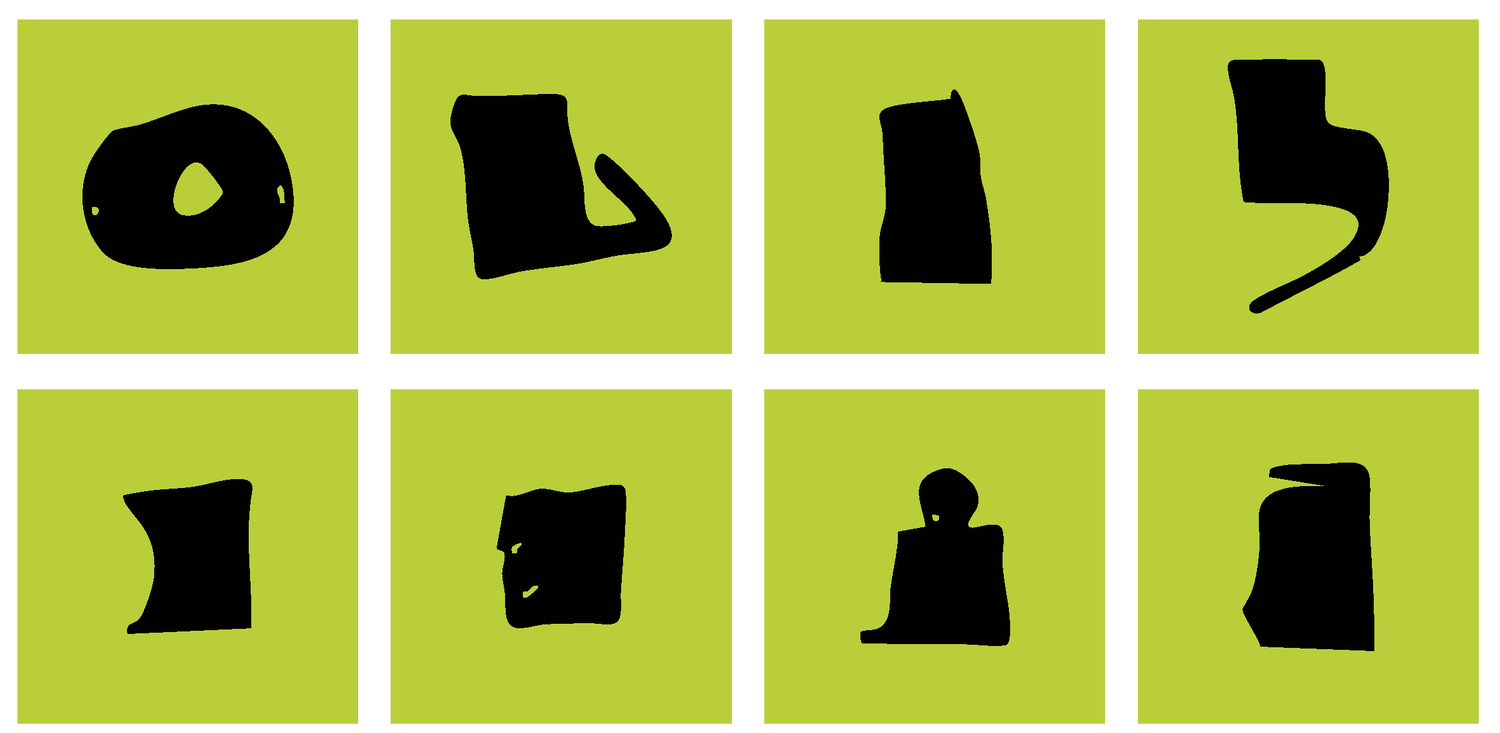Art Monthly | LETTER FROM TEHRAN - Past, Present, Future
Given the strength of Iranian contemporary art on the international market, it is no surprise that Tehran’s commercial galleries are thriving. With exhibition previews and openings most Fridays, the hundreds of galleries in the capital reflect the city’s diverse creativity, with more opening each month. Long-established and influential players include Azad Gallery in Yousefabad, a basement space run for nearly 20 years by artist Rozita Sharafjahan and her husband Mohsen Nabizadeh, which resembles a mini-ICA with exhibitions, performances and critical forums. It has nurtured the careers of painters, conceptual artists and performers such as Amir Mobed, who created a sensation a few years ago when he presented visitors with a loaded gun and asked them to shoot him. Other well-known galleries include Seyhoun, Etemad, Assar, Aaran, O and Homa.
Since 2001, the Silk Road Gallery has been the home for new Iranian photography, counting Abbas Kairostami, Shadi Ghadirian and Bahman Jalali amongst its more well-known artists. A more recent space for contemporary photography is Ag Galerie, run by Simin Deghani, just off the northern end of Valiasr Street. Dealing in Iranianphotography but with a definite international perspective (it represents Martin Parr in Tehran), the gallery was showing a collaborative installation about the European refugee crisis by Tehran-based Mohammed Hassanzadeh and Ahmad Moradi, who currently lives in Manchester.
Another relatively new arts venue in the middle of town by Tehran University is RooBeRoo Mansion, which opened last year. With a gallery, performance/lecture theatre and cafe, it has quickly become a popular place for students to spend time. Two days after arriving, I was taken there and saw an exhibition entitled ‘Shelter’ – also a collaboration including artist Nooshin Naficy – and another show about refugees. Casually chatting to an employee over coffee resulted in an invitation to give a talk about English art writing, which I delivered a week later to an audience of about 60 engaged and enthusiastic people. This receptive openness appears common throughout Tehran’s creative population and somehow reflects the general loosening of censorious strictures over the recent years of Rouhani’s presidency.
